The project of the main battle tank Stridsvagn 2000 (Sweden)
Project start
As in the case of other similar projects, the Swedish advanced tank was developed for two main reasons. Firstly, foreign countries constantly had new equipment with higher characteristics, and secondly, the state of their own equipment left much to be desired. A study conducted by the Swedish military at the end of the seventies showed that Strv 103 tanks and numerous modifications of the British Centurion (Strv 101, Strv 102, etc.), thanks to timely repairs, can serve for the next few years or even decades. However, in the nineties, we would have to start building new tanks to replace the existing fleet of vehicles.
In the late seventies and early eighties, Swedish scientists and tank builders created and tested several experimental tanks that could become the basis of a promising combat vehicle. Projects UDES 03, UDES 19, etc. allowed to collect a lot of necessary information, which to some extent facilitated the development of a new tank. However, the cars studied did not become prototypes of a promising tank. The project, dubbed Stridsvagn 2000 or Strv 2000 (“Tank 2000 of the Year”), was designed with experience, but not on the basis of ready-made solutions.
The development of the promising MBT Strv 2000 was entrusted to HB Utveckling AB, a joint venture of Bofors and Hägglunds & Söner. These organizations had serious experience in the creation of armored vehicles and various weapons. In addition, it was planned to involve some foreign organizations in the project, primarily suppliers of various equipment, weapons, etc.
The Strv 2000 project began with a study of data collected during testing of several experimental machines. It was necessary to study the possibilities of industry and to determine the required characteristics of a promising machine. In addition, it was planned to consider the possibility of buying a license for the production of a tank of foreign development. In case of unsuccessful completion of their own project, it was planned to arm the troops with licensed equipment.
By the mid-eighties, the project developers formed a list of basic requirements for a promising tank. MBT Strv 2000 in its characteristics should have surpassed all the available equipment in Sweden, as well as not inferior to foreign competitors. In addition, there were some interesting and unusual requirements. So, in the first version of the technical specification there was a clause on the mandatory use of the tower, which allows the gun to be rotated in any direction (probably, experience with Strv 103 tanks). Also required to ensure the survival of the crew in case of defeat ammunition.
Using existing experience, HB Utveckling AB employees offered three main options for a promising MBT. The first implied the use of a classic layout and a crew of four. The second version of the tank had a compact turret and a crew of three. The third version of the project proposed to develop an uninhabited tower and isolate the three tankers from the crew compartment. In the future, these ideas were developed, resulting in the emergence of several versions of the Strv 2000 project, differing from each other in layout, weaponry and other features.
A curious feature of the Strv 2000 project was the use of information on foreign developments. In determining the requirements for a promising tank, the capabilities of foreign MBTs of that time were taken into account. In this case, the main "competitor" of the new Stridsvagn 2000 was considered the Soviet tank T-80. For example, information about the use of combined armor on T-80 in combination with dynamic protection forced the Swedish designers to break their brains over the armament complex and ammunition for their tank.
The characteristics of the guns of the Soviet tanks and shells for them became the reason for making high demands on the protection of the new Swedish machine. In the eighties, in the arsenal of the Soviet army, new armor-piercing sabots appeared, representing a particular danger for armored vehicles. The new tank had to have a reservation that provided protection against existing and prospective foreign projectiles.
Shape formation
According to the calculations, the “tank of limiting parameters” Strv 2000 was quite heavy. His combat weight was to reach 55-60 tons. Thus, in order to provide the required mobility characteristics, it was necessary to use an engine of about 1000-1500 hp. The car had to be equipped with an automatic transmission, power plant control system and other equipment characteristic of modern tanks of the time.
Given the firepower of existing foreign tanks, the Swedish engineers decided to protect their new armored vehicle in several ways. So, it was planned to reduce the probability of detecting a tank by reducing its visibility in several ranges at once: in infrared, optical and radar. For this reason, the Strv 2000 had to carry special equipment to reduce the temperature of the exhaust gases and cool the engine. In addition, it was proposed to form the outer surface of the hull and tower in such a way that the radiation of the enemy's radar is reflected to the sides. Finally, it was planned to reduce the size of the combat vehicle, so that it was harder to see with the help of optical instruments.
Means of reducing visibility should complement the existing reservation. It was on the armor that the main responsibility was assigned to protect the tank from enemy weapons. Like other OBT developers, HB Utveckling AB had to find a way to create a relatively easy reservation with a high level of protection. Studies have shown that the best combination of weight and level of protection has a combined armor based on metal and ceramics. Such an armor design provided the required protection characteristics, but did not make the tank heavier.
In the second half of the eighties, several Swedish enterprises were recruited to study and create new combined armor. Various ceramic materials and body armor structures were investigated. Due to the complexity of such work was delayed for several years. At the same time, the option of purchasing a license for the production of Chobham armor with its subsequent modernization was considered. Such armor could also provide the required level of protection.
In the event of the defeat of the tank was planned to provide some means of additional protection of the crew. For example, in one of the variants of the proposed project it was planned to place the crew in a volume isolated from the ammunition. Another version of the project envisaged the use of armored shutters for laying ammunition and ejection panels of the roof on the model of some foreign tanks.
It was originally planned that the Strv 2000 tank would receive an 120-mm smoothbore gun Rh-120, similar to those used on foreign machines M1A1 Abrams and Leopard 2. Nevertheless, in the future, views on the armament of a promising tank were revised. "Tank limit parameters" should have had the appropriate firepower. For this reason, in the mid-eighties, it was decided to switch to a new caliber - 140 mm. According to some data, due to the lack of own developments in this area, the Swedish tank builders decided to resort to the help of German colleagues. At this time, Rheinmetall began work on the project NPNK-140 140-mm tank guns, designed to re-equip Leopard 2 MBT.
By the time the design work was completed and the prototype was assembled, the German 140-mm gun was an enlarged and slightly modified version of the Rh-120 gun. By increasing the caliber of the German gunsmiths managed to double the muzzle energy with the corresponding consequences for combat qualities. However, despite all the advantages, the NPzK-140 gun never went into series. Before the beginning of the two thousandth year, the specialists of Rheinmetall worked on reducing the recoil momentum and providing an acceptable resource, and also improved the tool by other means. Only at the beginning of the XXI century were made several experienced tools that were not without flaws.
As a result, the Bundeswehr refused to further support the project NPzK-140, and the company Rheinmetall was forced to curtail all work. As a result, the German armed forces did not receive a modernized version of the Leopard 2 tank. In addition, development problems should have affected the Swedish project, since even by the early nineties, Rheinmetall was not ready to share a new weapons with colleagues.
The 140 mm caliber gun provided complete superiority over any modern and promising tanks of foreign countries. However, he had several flaws. The main one is the large size of the gun itself and the projectiles for it. Because of this, it was not possible to place large ammunition within a relatively small combat compartment. In this case, the promising tank Strv 2000 was very limited in combat capabilities.
It was proposed to modify the tank armament complex taking into account the real capabilities of the proposed “main caliber”. For this reason, experts from HB Utveckling AB have proposed to supplement the 140-mm gun with an automatic gun caliber 40 mm and several machine guns. Thus, the 140-mm gun could be used to attack tanks and enemy fortifications, and less protected targets could be destroyed with the help of an automatic gun. For the defeat of manpower, in turn, machine guns were offered.
Variants of the project
By the end of the eighties, HB Utveckling AB offered the customer several options for a promising tank. As it turned out, the requirements could be met in several ways. The customer was presented several options for a promising tank under the general name Stridsvagn 2000. At the same time, all versions of the “limit parameters tank” had their own designations.
T140 or T140 / 40
The most interesting and realistic version of the tank. This version of the project involved the construction of a combat vehicle with a crew of three and a front engine. Due to this arrangement and the use of combined armor, it was possible to provide an acceptable level of protection for both the machine units and the crew. In addition, the ammunition was reliably protected from attacks from the front corners. The proposed layout, with all its advantages, had a significant disadvantage: the combat mass of the T140 / 40 tank reached 60 t.
The crew of three was to be located in the hull (driver) and turret (commander and gunner). Tower T140 / 40 should have had an unusual design. In the center, inside a relatively large swinging casing, was placed the main 140-mm gun. To her left a similar 40-mm gun should have been in a similar installation of a smaller size. The stern of the turret was used to place 40 shells for the main gun. At the left side there were boxes for the 40-mm cannon ammunition, at the right - the workplaces of two tankers.
L140
Tank L140 was a simplified version of the T140 / 40 with one gun and a different chassis. As the basis for such a tank was proposed seriously reworked chassis combat vehicle Stridsfordon 90 (Strf 90 or CV90). This chassis retained its front-engine layout, and part of the ammunition assembly was located inside the aft troop compartment.
Due to the absence of an additional 40-mm gun, they managed to place the commander and gunner to the right and left of the main 140-mm gun. The main stacking of the ammunition with automatic loading units was located in the rear of the tower. Additional packing was placed inside the former troop compartment, in the stern of the hull.
The chassis of the BMP Strf 90 had certain limitations on the combat weight of the finished tank. For this reason, booking the hull of the tank L140 was almost no different from the protection of the basic infantry fighting vehicle. Thus, the proposed OBT L140 did not meet the requirements and could hardly be approved by the customer. The downside of defense problems was a small combat mass - no more than 35 tons.
O140 / 40
This version of the tank was also proposed to be built on the basis of the modified BMP Strf 90 chassis, however, due to some technical solutions, it met the requirements of the customer. To ensure the required level of protection, it was planned to equip the front engine housing with additional mounted booking modules. Such details fit into the weight restrictions, but gave a significant increase in the level of protection.
Instead of the classic O140 / 40 turret, I had to get a fighting carriage assembly module with two 140 and 40 caliber guns. The commander and the gunner were located inside the corps, in the lower rotating part of the combat module. The roof provided viewing instruments and sighting equipment. On the roof of the combat module, it was proposed to mount a common rocking installation for two guns. The main ammunition ammunition and automatic loader at the same time was in the aft hull. During loading, the projectiles were to be fed from the body inside the gun shell.
Due to the use of the engine power 1500 hp and a modified undercarriage could provide the required mobility of the O140 / 40 tank with the combat weight at the level of 52 t. Weight savings in comparison with the T140 / 40 was achieved through the use of the combat module of the original design.
Project Finale
In the late eighties, the Swedish military considered all the proposed options for the Strv 2000 tank and made their choice. From the combination of characteristics, the T140 / 40 project became the best option for arming armored units. Due to its own original chassis and non-standard tower design, this machine fully complies with the requirements. In addition, the 140-mm gun provided a noticeable advantage over all existing foreign armored vehicles, and the 40-mm automatic cannon optimized ammunition consumption.
Other proposed projects had certain disadvantages. For example, the L140 tank had insufficient protection and was not equipped with an auxiliary gun, which seriously limited its combat capabilities. In fact, the L140 was an anti-tank self-propelled artillery mount, rather than a full-fledged main battle tank. The O140 / 40 project did not suit the customer due to its complexity. The original combat module with an automated swing artillery unit was considered too complicated and expensive to manufacture.
Around 1990, the military ordered the construction of a model that could show the main features of a promising tank. HB Utveckling AB Company soon presented a model assembled from wood and metal. Outwardly, this product resembled a Strv 2000 tank in the T140 / 40 version. The model did not have a power plant or operating chassis. Nevertheless, it envisaged the drives of the “weapon” pickup.
Already in the late eighties, it became clear that the project Strv 2000 was faced with several specific problems that hinder its full implementation. One of the main things was the lack of the necessary 140-mm guns. Rheinmetall continued to develop such weapons and was not ready to submit a finished sample suitable for mass production. Thus, the Swedish OBT Strv 2000 was left without its main armament, and the use of Rh-120 guns of 120 mm caliber was associated with the loss of combat qualities.
The lack of guns and other problems have called into question the fate of the entire project Stridsvagn 2000. Long before the start of construction of the layout of the Swedish Ministry of Defense began to show increasing interest in a different way of updating the material part of the armored forces. The state of the existing equipment and the progress of the Strv 2000 project forced the military to step up work to verify the prospects for the purchase of imported equipment.
In the 1989-90, the American tank M1A1 Abrams and the German Leopard 2A4 were tested at Swedish test sites. This technique has shown good performance. It should be noted that the calculated characteristics of the new Strv 2000 in the T140 / 40 version were noticeably higher, but the American and German cars had a serious advantage over the Swedish competitor. They already existed in the metal and even built a series.
By 1991, the Swedish military was disappointed in the Strv 2000 project and, being limited in time and money, they decided to upgrade the fleet of armored vehicles with foreign cars. Germany has acquired a license for the production of MBT Leopard 2A4. In the armed forces of Sweden, this technique received a new designation Stridsvagn 122.
All work on the project Strv 2000 were curtailed as unnecessary. The only mock tank T140 / 40 disassembled and no longer demonstrated. Over time, Strv 122 type vehicles became the main type of main battle tank in the Swedish army. Other tanks during the nineties and the two thousandth years were written off and cut into metal. The Strv 2000 project is currently the latest Swedish development in the field of tank building. Attempts to create a new private tanks are not being made.
On the materials of the sites:
http://ointres.se/
http://alternathistory.org.ua/
http://strv102r.tripod.com/
http://strangernn.livejournal.com/
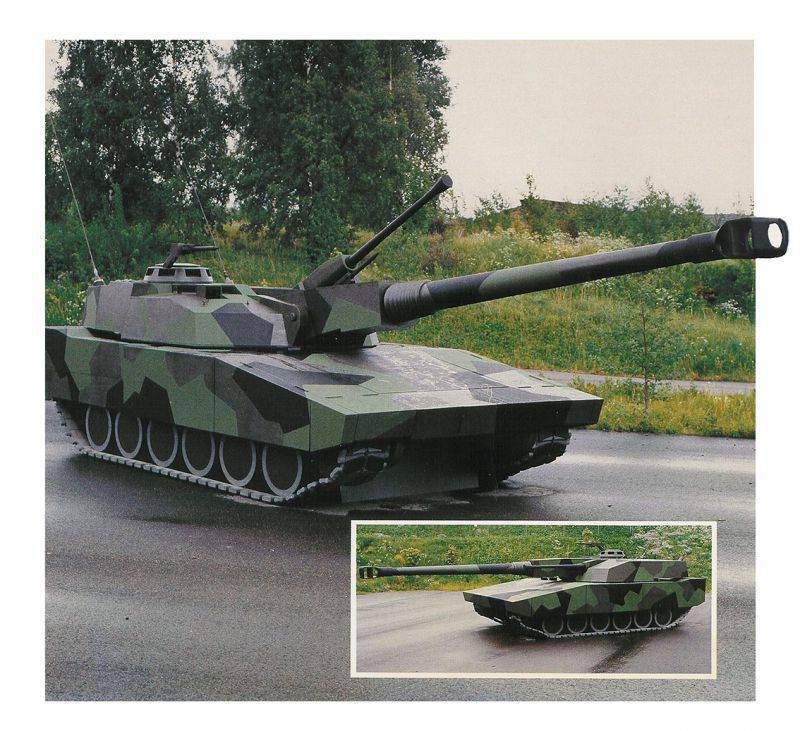
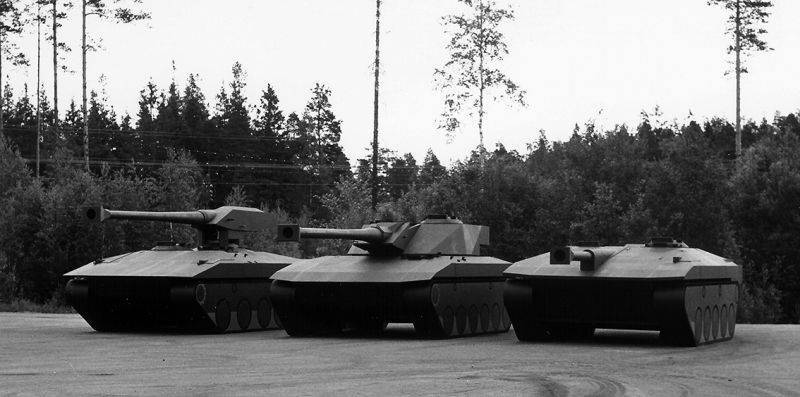
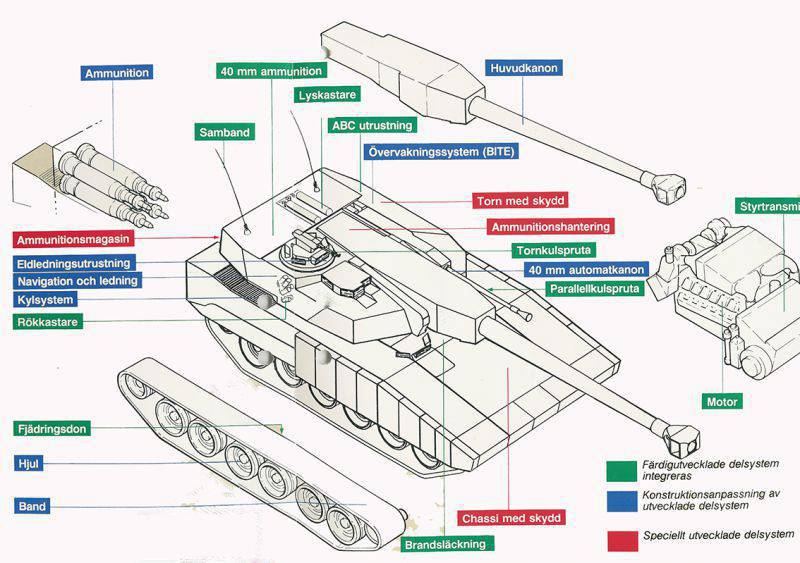
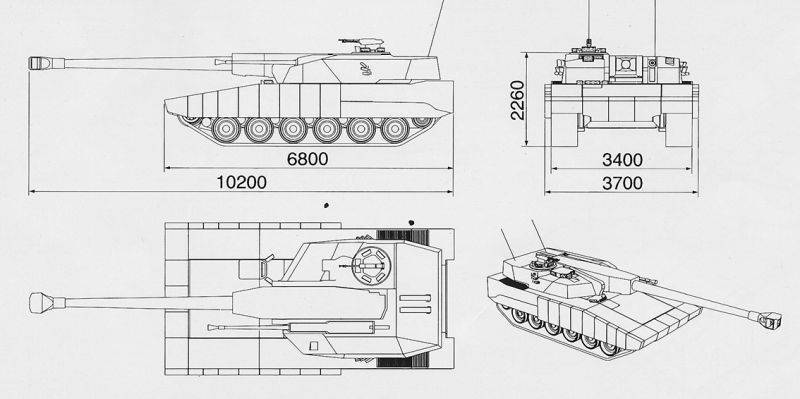
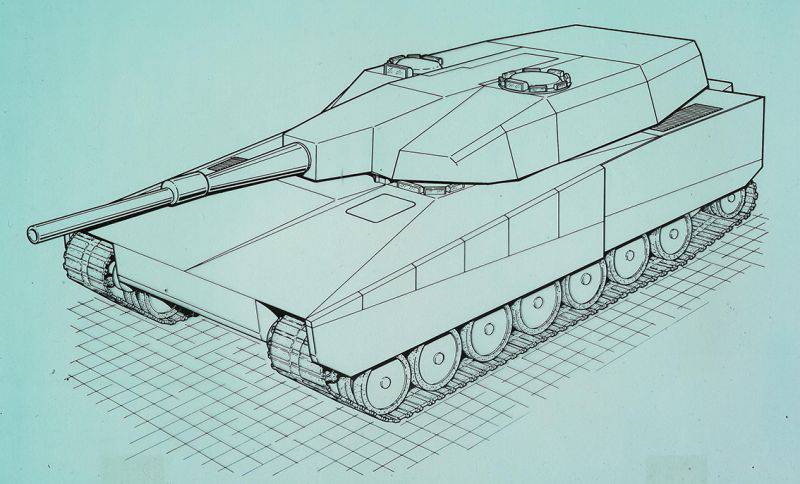
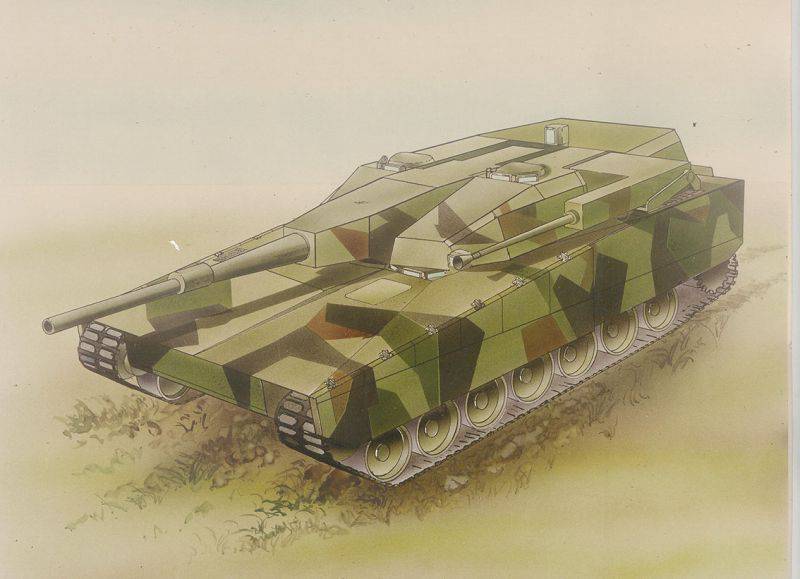
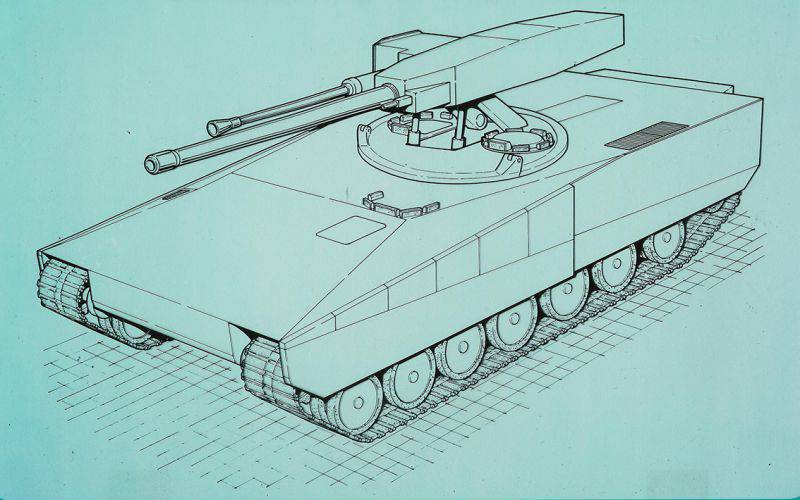
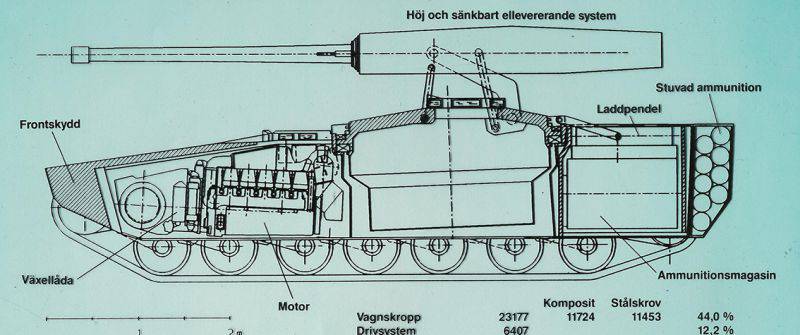
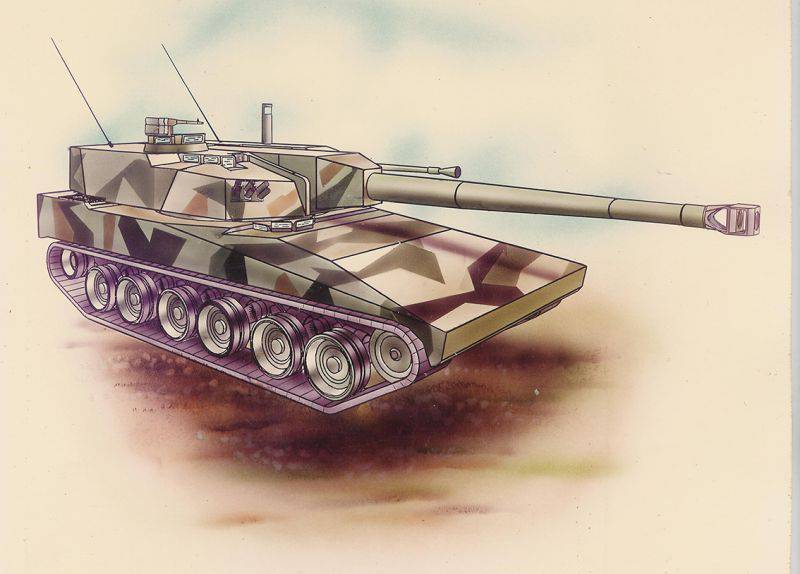
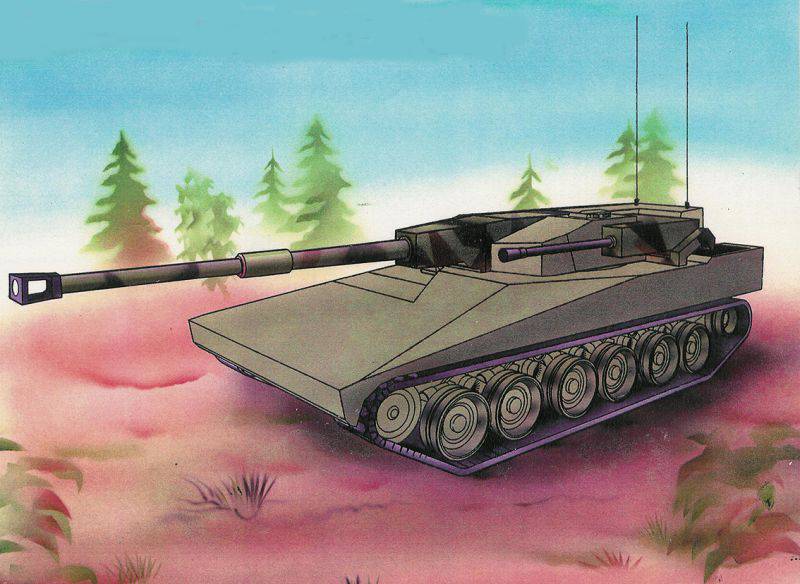
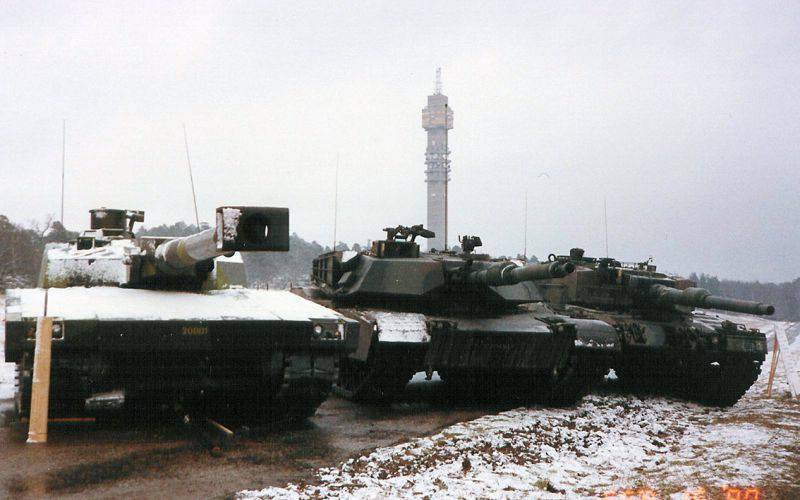
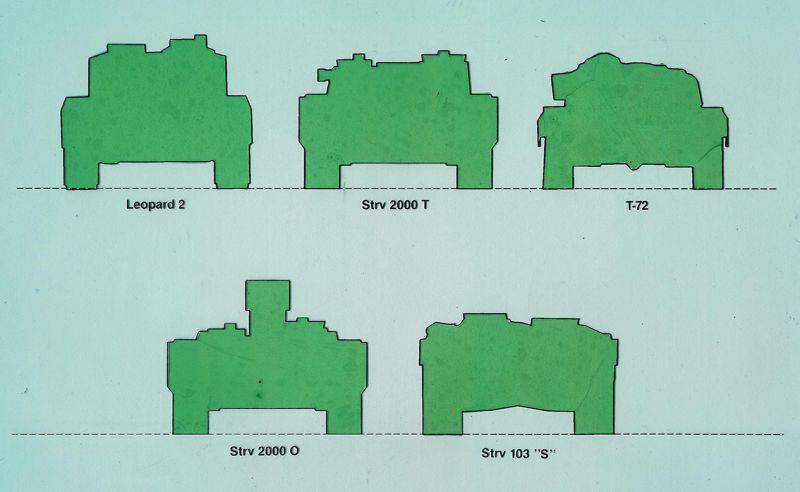
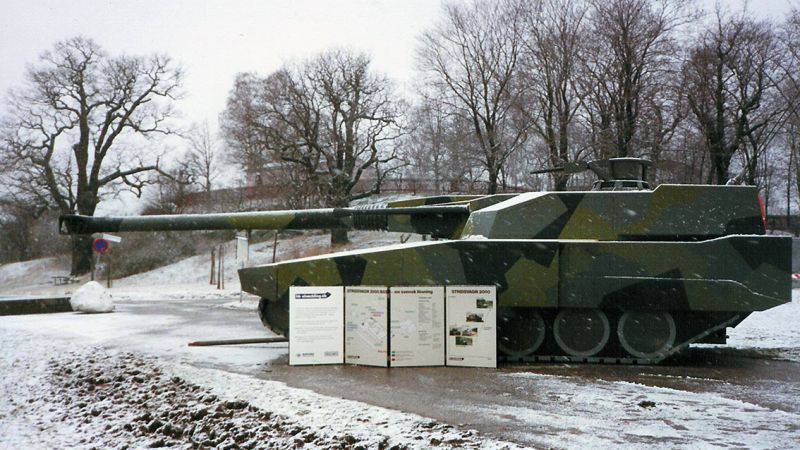
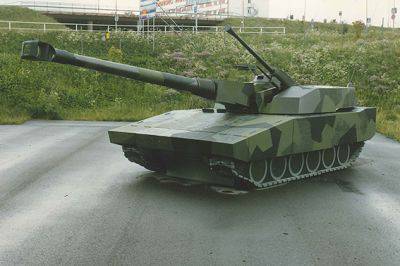
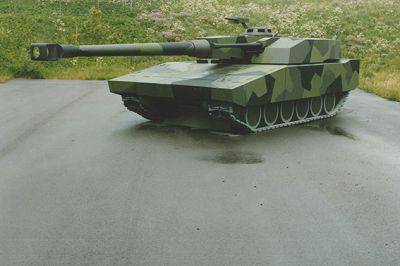
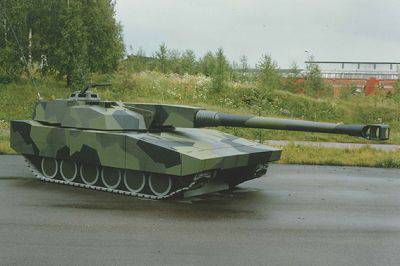
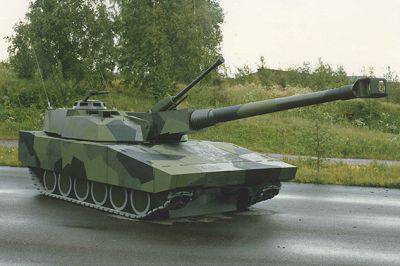
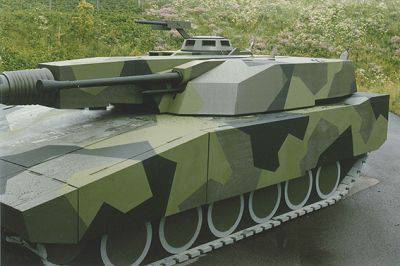
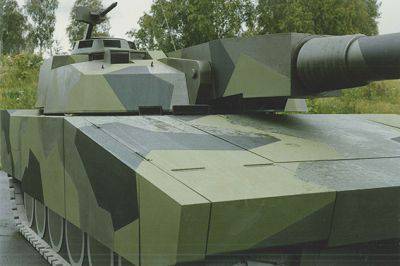
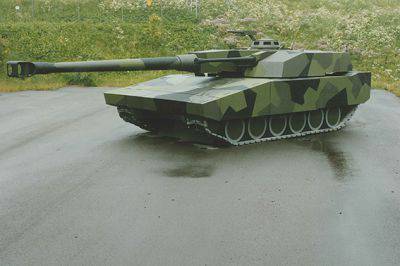
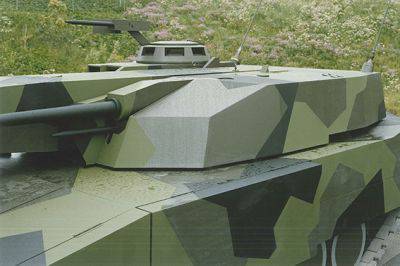
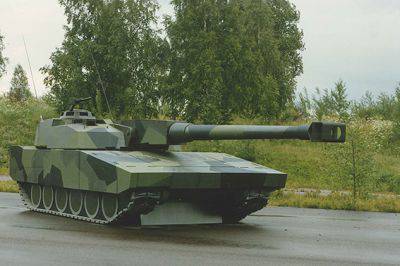
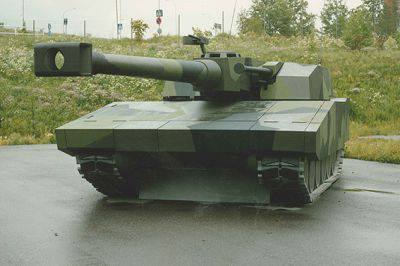
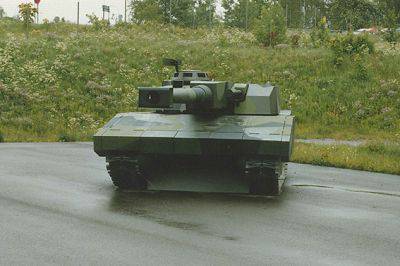
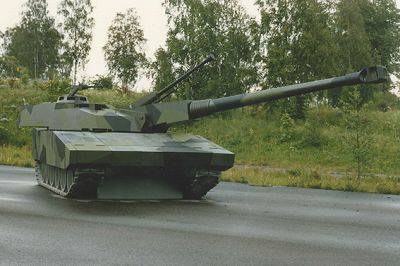
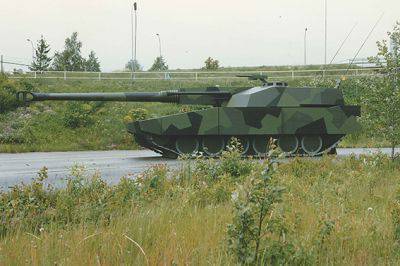
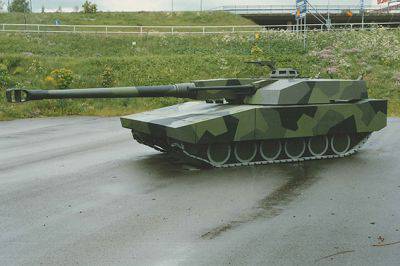
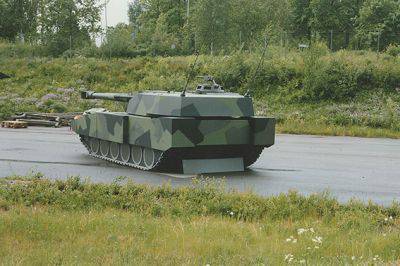
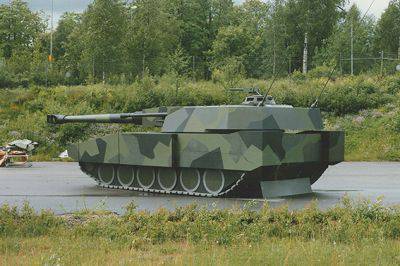
Information